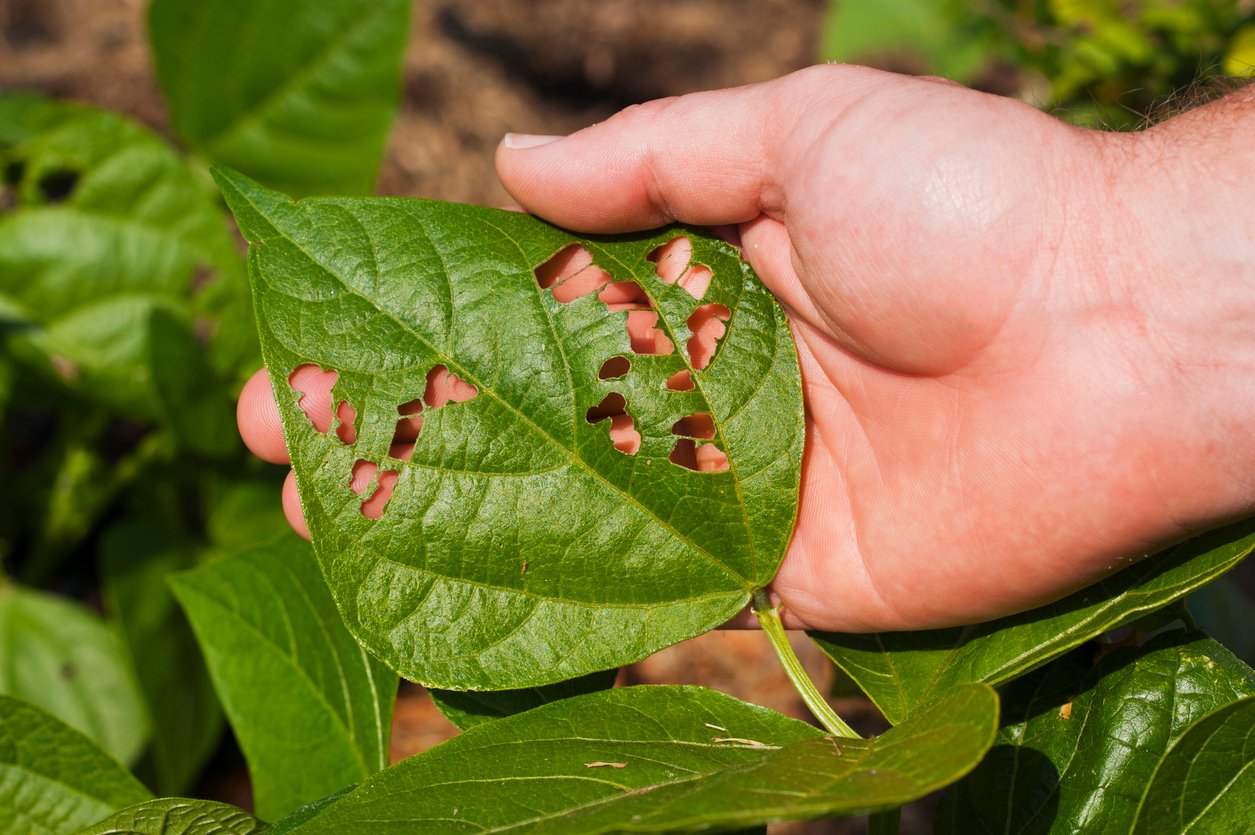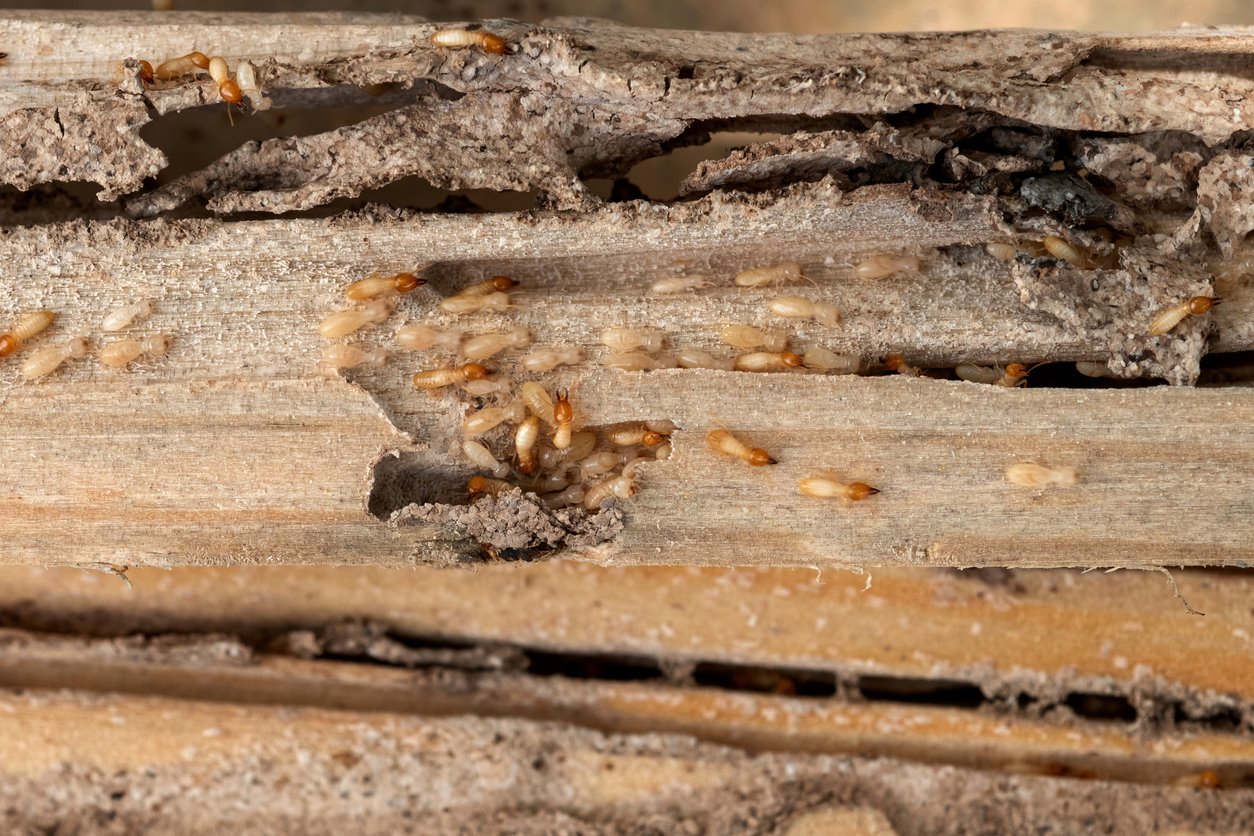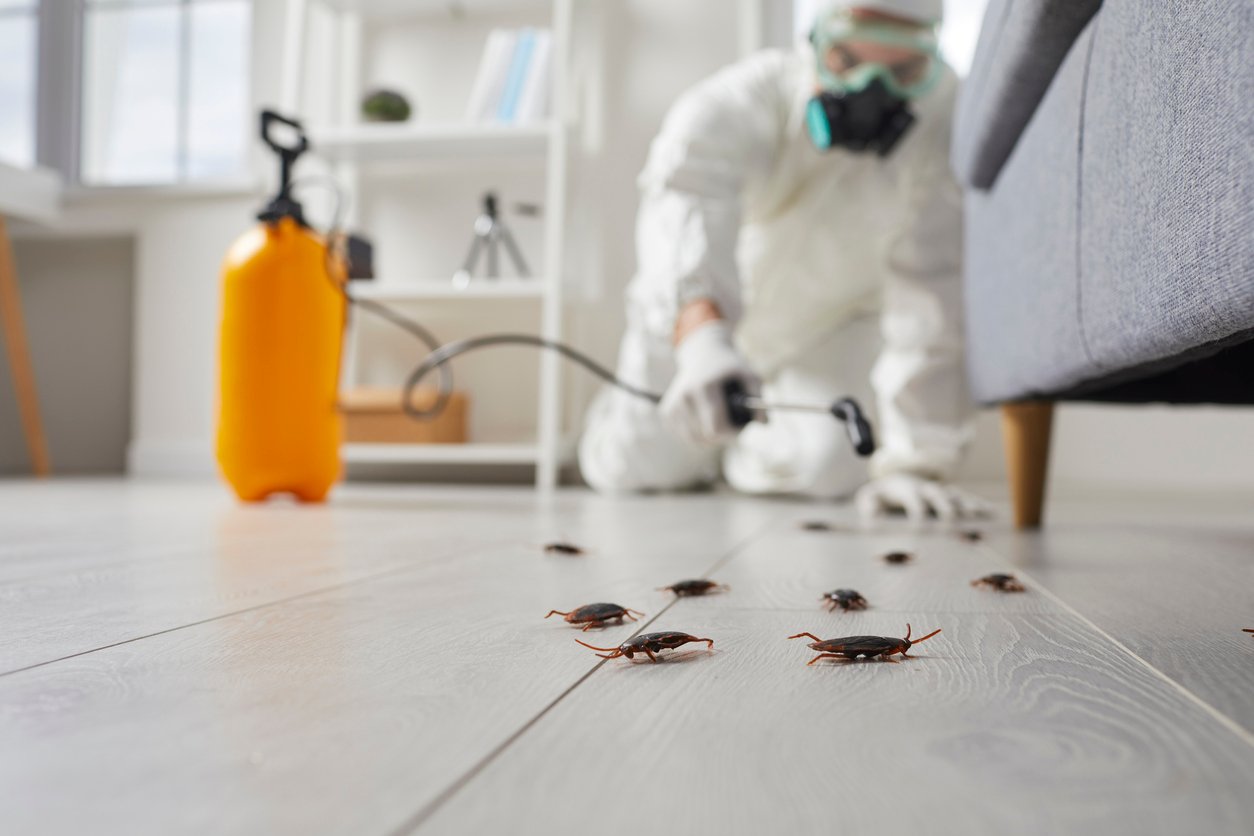How Weather Affects Pest Behavior and Infestation Risks

Weather patterns play a direct role in how, when, and where pests show up. A stretch of humid days, a sudden cold snap, or an early spring thaw can shift pest behavior, triggering movement, reproduction, and indoor migration. Recognizing how specific weather conditions trigger pest activity can help you anticipate problems before they escalate and avoid larger infestations.
Let’s take a closer look at how temperature, humidity, seasonal shifts, and extreme weather events affect pest patterns and why those changes might be sending bugs and rodents your way.
How Temperature Drives Pest Movement and Growth
Temperature changes directly impact how pests move, feed, and reproduce. Most insects are ectothermic, meaning their body processes are regulated by the surrounding environment. When temperatures rise, their metabolism increases, causing them to eat more often, grow faster, and multiply at a higher rate. That’s why hot weather is often followed by a spike in visible pest activity.
Ants, for example, become more aggressive in their foraging during warmer months to sustain the colony’s energy needs. Flies and mosquitoes also develop faster in heat, with their life cycles speeding up and populations expanding rapidly.
Cooler temperatures trigger a different kind of behavior. Rodents like mice and rats stay active year-round, but they begin searching for indoor shelter as outdoor conditions become inhospitable. Wall voids, attics, and crawlspaces offer insulation and steady temperatures that support nesting and breeding.
Cockroaches are especially drawn to warmth. Because they rely on external heat to regulate their bodily functions, they gravitate toward heated indoor areas when it gets cold outside. Warm spaces also help support their rapid reproduction cycle, making climate-controlled homes an ideal environment for survival and growth.
Temperature extremes also influence where pests settle. During heatwaves, insects may seek out cooler, shaded zones under decks, inside garages, or along the foundations of homes. When cold weather sets in, the search for warmth can push pests indoors, increasing the risk of household infestations.
Humidity and Rain: How Moisture Attracts Pests
Humidity and rainfall create the kind of damp environments that many pests need to thrive. Pests such as cockroaches, silverfish, and earwigs depend on environmental moisture to survive because they can’t retain water internally. Humid air and damp surfaces help them stay hydrated, which is why they often gather in bathrooms, kitchens, basements, and laundry rooms. Even something as small as a leaky pipe or condensation around appliances can provide the moisture needed to sustain an active infestation.
Damp environments also support reproduction. Many moisture-loving pests lay eggs in humid crevices or build nests in dark, wet corners where they’re less likely to be disturbed.
Outdoors, rainfall can trigger major shifts in pest behavior. Heavy downpours flood rodent burrows and ant nests, forcing these pests to seek higher, drier ground. That search often leads them indoors, where shelter and food are more accessible.
After a rainstorm, you’re likely to see:
- Ants moving indoors and forming trails along baseboards in search of food.
- Rodents entering homes to escape flooded burrows and scavenging in kitchens or pantries.
- Termites targeting water-damaged wood, which becomes easier to tunnel through after being softened.
- Mosquitoes laying eggs in rain-filled containers like buckets, clogged gutters, and flowerpots, leading to a rapid population spike.
Seasonal Changes: What to Expect as the Weather Shifts
Each season brings a different set of pest challenges, largely driven by changes in temperature, daylight, and moisture levels. Knowing what to expect during each time of year can help you stay ahead of potential infestations.
Spring
Warmer weather and rising humidity signal to many pests that it’s time to reproduce, prompting them to leave winter hiding spots and search for food, water, and mates.
- Ants begin foraging indoors as colonies reactivate, drawn to the consistent warmth and accessible food sources that are harder to find outdoors early in the season.
- Wasps and hornets start building nests on eaves, porches, and in attics because these areas offer shelter, warmth, and solid surfaces for anchoring their early-season nests.
- Termites swarm and form new colonies near homes where moist soil and structural wood create the right conditions for nesting and long-term survival.
Summer
Summer brings the highest levels of pest activity. Heat speeds up insect development, leading to rapid population growth. Long days and outdoor gatherings increase opportunities for pests to find food and water.
- Mosquitoes breed in stagnant water like gutters, buckets, and toys.
- Flies, beetles, and ants become more aggressive around outdoor food and trash.
- Spiders become more visible as they hunt other active insects.
- Cockroaches become more active, with higher temps speeding up their metabolism and reproduction cycles
Fall
As temperatures drop, pests begin preparing for winter by seeking warmth and shelter indoors. Many shift their activity patterns to find protected areas inside walls, basements, and attics.
-
- Rodents enter homes through small gaps to escape the cold.
- Spiders spin webs near windows, corners, and undisturbed areas.
- Ants may gather in kitchens and pantries to find late-season food sources.
- Stink bugs and boxelder bugs cluster on sunny exterior walls to absorb heat, then slip into cracks and gaps to overwinter in wall voids and attics.
Winter
Cold weather slows down some pests outdoors, but indoor activity often continues. Heated homes offer a reliable refuge, along with food crumbs, water leaks, and safe nesting spots.
- Cockroaches remain active in kitchens, bathrooms, and laundry rooms.
- Mice and rats nest in insulation, behind appliances, or in wall voids.
- Silverfish hide in damp, dark areas like basements or storage boxes.
Extreme Weather Events: Displacement and Surges
Severe weather disrupts natural pest behavior. When their habitats are disturbed by floods, droughts, or storms, pests go searching for alternative shelter, food, and water—often finding all three inside homes.
Flooding
Flooding is especially disruptive. Ground-dwelling pests like ants and roaches may have entire colonies washed out, forcing them to seek dry shelter. Rodents that live in burrows or tunnels may also be displaced. Once inside, these pests are quick to find hiding spots and establish new nests in attics, wall voids, or behind baseboards.
Heatwaves
Heatwaves shorten the time it takes for pests to reproduce, leading to population spikes. Mosquitoes can complete a full life cycle in less than a week under ideal hot conditions. Flies, ants, and stored product pests like pantry moths also breed rapidly during heatwaves, especially when food sources are easily accessible.
Drought
Droughts reduce natural water sources, which means pests begin seeking hydration indoors. Bathrooms, kitchens, and laundry areas become hotspots for cockroaches and silverfish, both of which need constant moisture. Even pet water bowls and condensation from HVAC units can attract pests during extended dry spells.
Severe Storms
Storms can cause structural damage that creates new entry points for pests. Missing shingles, damaged siding, or torn vent screens all provide convenient access to the indoors. After strong wind events, it’s important to inspect for gaps or weaknesses that might not have existed before.
In all these scenarios, pests aren’t behaving randomly. Their movements are strategic responses to survive changing environments. When their usual nesting sites or resources are disturbed, your home often becomes the most attractive alternative.
Staying Ahead of the Forecast with Professional Help
When every shift in the weather brings a new pest problem, it can start to feel like you’re always playing catch-up instead of enjoying your home. That’s where Moxie’s pest control services come in.
Our safety-minded Local Field Experts are trained daily to recognize seasonal pest patterns and apply treatments that are targeted, effective, and prioritize the well-being of your pets and family.
Why homeowners turn to Moxie:
- Instant online quote
- Fast response times and easy online scheduling
- Comprehensive treatments that are pet- and family-friendly
- Neighborly service with a smile
- Unlimited, free warranty services between scheduled visits (for clients on a year-round plan)
Rain or shine, Moxie has you covered. Check out our pest control locations to find a team near you.



